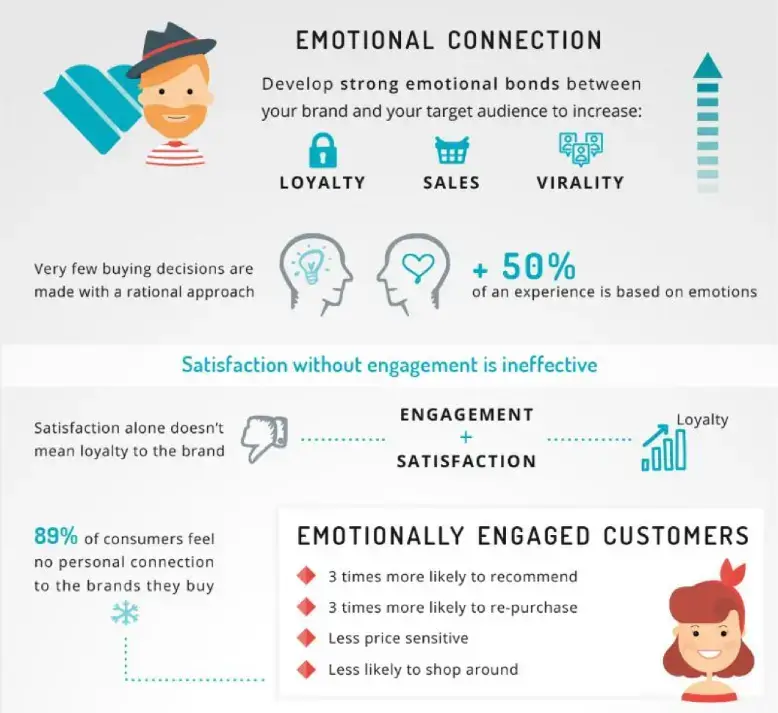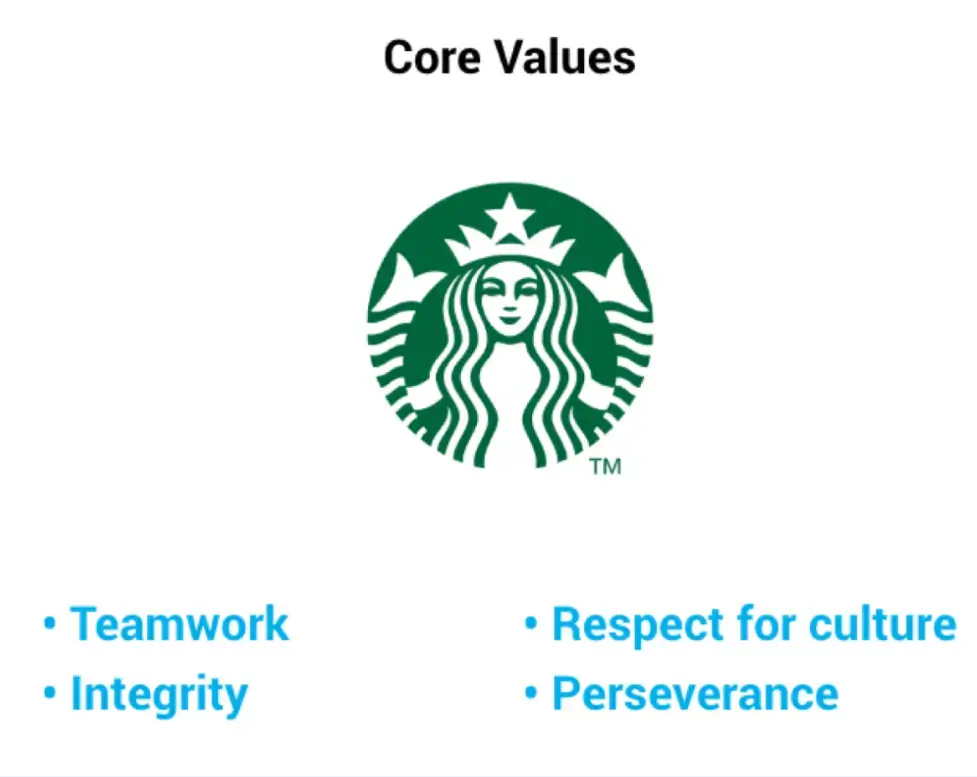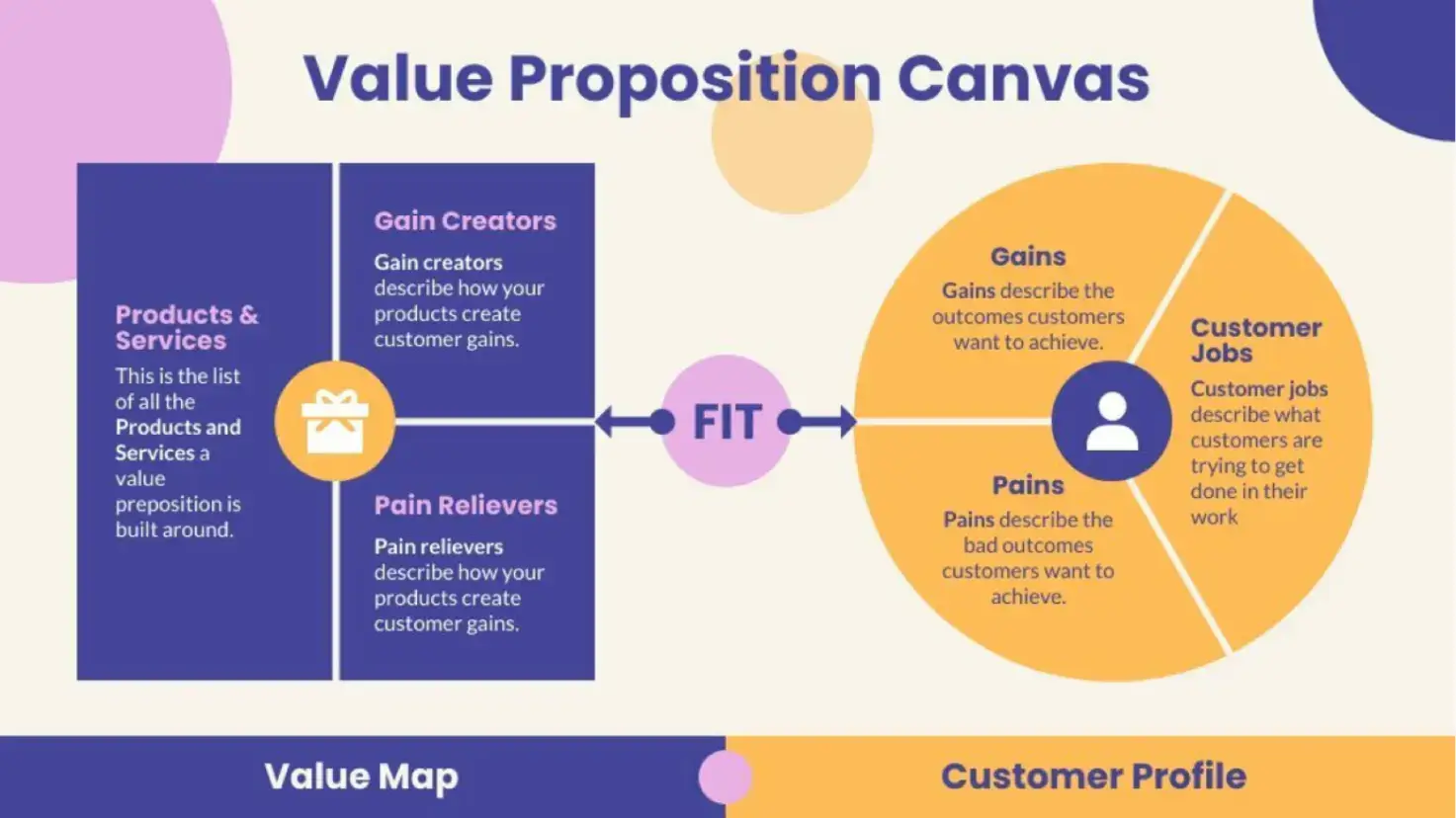Capturing your target audience's attention can be a challenging task, especially in a world saturated with information and advertising.
During this chaos, storytelling in marketing has emerged as a potent strategy.
Jerome Bruner, a key figure in the cognitive revolution, noted in his book "Actual Minds, Possible Worlds" that people retain 65% of information in a story, compared to only 10% from data and statistics.
So, what exactly is storytelling in marketing, and why is it crucial?
Let's embark on a journey into the world of storytelling effectiveness, exploring how it can elevate your brand, engage your audience, and leave an unforgettable impression.
In this article:
- Why Use Storytelling in Marketing?
- The Power of Storytelling in Marketing
- Elements of Effective Marketing Stories
- Crafting Your Brand's Story
- Delivering Your Brand's Story with Marketing Automation
What is Storytelling in Marketing?
Storytelling in marketing is the art of using narratives to promote brands, products, or services.
Storytelling goes beyond the simple delivery of facts and features, digging into the space of emotions and connections.
Using storytelling, businesses can leverage their customers' values and desires to build bonds that go beyond mere transactions.
Why Use Storytelling in Marketing?
Transforms Abstract Concepts
Storytelling has the power to transform abstract concepts into relatable tales. It takes complex ideas and converts them into narratives that resonate with your audience.
Holistic Brand Understanding
Effective storytelling provides your audience with a comprehensive understanding of your brand.
It's not just about the products you sell or promote, but about the values and purpose that drive your brand.
Promotes Genuine Relationships
Storytelling improves the relationship between brands and customers.
The primary objective is to build long-term relationships that go beyond transactional marketing, which focuses on a single sale rather than customer retention.

The Power of Storytelling in Marketing
Now that we've explained what storytelling in marketing is and why it's significant, let's delve deeper into its effect on various aspects of your marketing strategy.
Enhanced Audience Engagement
Storytelling has a remarkable ability to grab and retain your customers’ attention. It stimulates active participation and interaction.
Using storytelling encourages emotional responses, leaving a memorable impact on your audience. In a highly competitive marketplace, storytelling sets your brand apart and makes it relatable.
Research shows that engaging storytelling is one of the most important elements of effective content.
Emotional Connection
Storytelling’s main characteristic is facilitating a deeper connection between your brand and customers.
A successful storytelling strategy can invoke a range of emotions, from joy and empathy to nostalgia.
The image below provides an overview of how various emotions can affect customer behavior:

Differentiation from Competitors
In a market where competition is fierce, storytelling serves as a powerful tool to ensure your brand stands out.
Your stories create memorable impressions, strengthening brand recognition.
Increased Brand Loyalty
Effective storytelling encourages repeat purchases, generates positive word-of-mouth, and stimulates advocacy.
When you foster an emotional connection between your brand and audience, they become loyal supporters without requiring persuasion.
Elements of Effective Marketing Stories
To craft compelling marketing stories, several key elements must be incorporated:
Compelling Characters
Your stories must reveal relatable and engaging characters with depth and unique personalities. These characters should align with your audience’s preferences and drive the narrative.
Engaging Conflict
Conflict serves as the engine of engagement. It presents challenges relevant to your audience and positions your brand as the solution.

Common storytelling conflicts include:
Person vs Person: Conflict between individuals.
Person vs Nature: Conflicts with the environment.
Person vs Self: Internal struggles, doubts, or fears.
Person vs Society: Struggles against societal norms.
Person vs Supernatural: Conflicts with paranormal elements.
Person vs Technology: Struggles with technological advancement.
Memorable Story Blueprint
Crafting a memorable story requires capturing attention quickly, given the amount of daily digital content consumers encounter.
Leverage visuals, as images are processed faster than words. Maintain a logical flow with a clear beginning, middle, and end to guide customers through the narrative journey.
Clear Message and Values
Your stories must convey the core brand purpose, align with audience values, and offer actionable insights.
The image below highlights Starbucks' core values:

Crafting Your Brand’s Story
To begin crafting your storytelling strategy, consider the following steps:
Define Your Brand Identity and Target Audience
Clarify your mission, values, and vision. Identify your unique selling proposition and analyze audience demographics and motivations.

Find Your Narrative Arc and Evoke Emotions
Structure your brand story with a clear beginning, middle, and end.
Emphasize the challenges your brand has faced and the transformation achieved. Align your story with your brand values and prioritize desired emotional responses. Use vivid scenarios and emotional triggers to form deeper connections with your audience.

Communicate Your Value Proposition
Instead of listing features, highlight how your brand improves customers’ lives. Introduce relatable characters who embody your brand narrative.

Craft Authentic Tales
Authenticity should be prioritized over perfection. Highlight real scenarios and challenges to build trust.
Iterate and Refine
Continuously refine your storytelling strategy based on audience feedback and shifting brand goals.

Delivering Your Brand’s Story with Marketing Automation
Storytelling can be enhanced through marketing automation tools.
Storytelling for Lead Generation
Use storytelling to captivate audiences and strategically redirect interest.
Offer compelling value propositions and encourage viewers to sign up or opt in.

Nurture Your Customers
Maintain continuous communication through emails, SMS, and notifications. Address pain points and tailor messaging to nurture customers deeper into the funnel.
Automate it Effectively
Break down your story into sequential, digestible messages. Start with a welcome message that highlights your brand benefits. Use summarized snippets and embed video thumbnails for improved engagement.

Use Social Media Storytelling
Adopt a multi-platform approach using Facebook, X/Twitter, LinkedIn, Instagram, YouTube, and TikTok.
Post long-form and short-form storytelling content consistently. Use detailed storytelling descriptions on platforms like Facebook and YouTube.
Conclusion
In summary, incorporating storytelling into your marketing strategy can be challenging yet rewarding. When implemented effectively, storytelling creates deeper connections with your audience and sets your brand apart.
Define your identity, craft engaging narratives, and communicate your value proposition authentically.
Use marketing automation and social media platforms to expand the reach of your brand stories.
With powerful storytelling, you'll form meaningful relationships that extend far beyond the transaction.

Author Bio
Georges Fallah is the marketing manager of VBOUT, an AI-powered marketing platform. He has 10+ years of experience in marketing automation, social media management, content marketing, SEO, and analytics.
Georges can be contacted via Facebook or LinkedIn.
Website URL: https://www.vbout.com/



